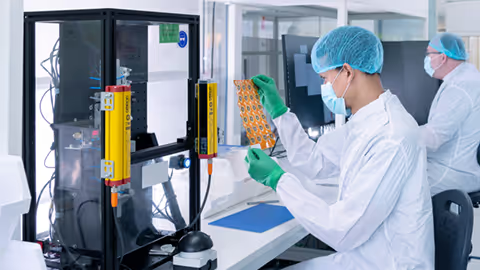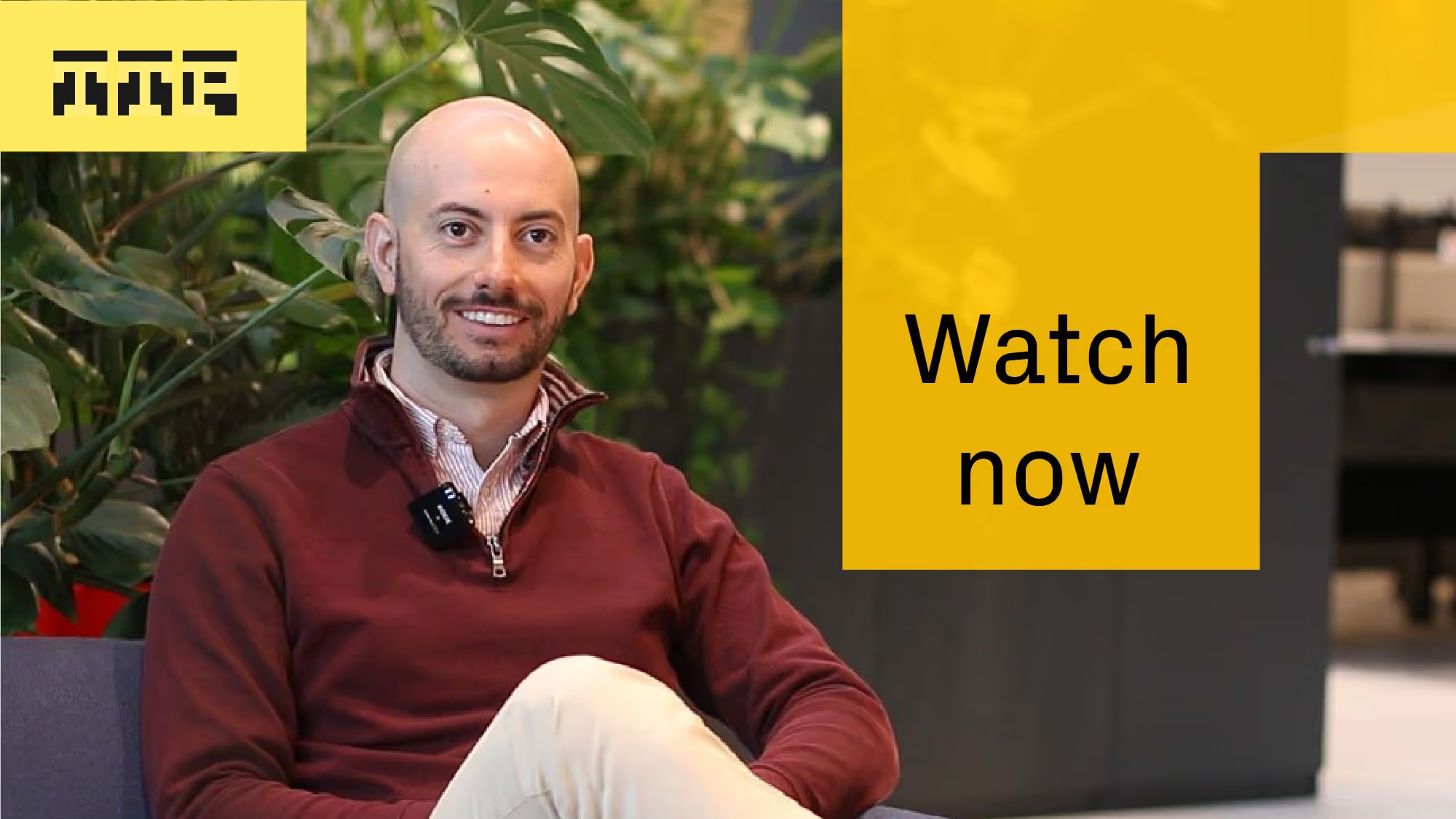In innovation, speed to market is richly rewarded. This often leads to an imperative to make rapid, tangible progress on a final design – but experience says that this can actually delay reaching the finish line. So what should the imperative be? Here is how TTP manages risk in medical device development by becoming a hunter of “development gremlins”.
Once the vision for a new product is set, so are the medical device development challenges you will meet on the way – you just don’t know what they are yet, or where these gremlins are hiding.
One thing we do know, though, is that the later one ambushes you, the more constrained your options, the more expensive the fix, and the more painful the delay.
These two simple truths lie behind TTP’s approach to medical device development, which has served clients from multinationals with blockbuster drugs to start-ups well for over thirty years.
Don't wait to be ambushed - go hunting
Let’s imagine the same medical device being developed in two different ways.
In the first – TTP’s approach – the emphasis is on building a solid, detailed, even meticulous, understanding of the design early in development in the firm expectation that this early effort will repay itself later in the development.
In the second medical device development approach, the priority is on making visibly rapid progress by hurrying to build an integrated prototype and addressing challenges only when they arise.
But remember - both projects will ultimately encounter the same medical device development gremlins – they just plan to meet them differently. So don’t plan in the hope that nothing will go wrong and get thrown off when it does: plan on the assumption that things will go wrong unless you take steps to prevent it.

What could possibly go wrong in medical device development?
In TTP’s approach, this means we will work together with you to build an understanding of everything that could go wrong with your device as early as possible. To do this well requires a deep understanding of the device and its constituent mechanisms. We do this by looking at our huge back-catalogue of medical device developments for the things which were challenging in the past and make retiring those risks – with solid evidence – the priority.
Can that be welded without parasitic welds nearby? Can the necessary temperature rise time be achieved? How stiff does the system need to be to achieve dose precision at that flow rate? Knowing the questions to ask lets us go and find the answers early – when a change of direction is relatively quick and cheap.
Of course, as necessary as experience is, it’s not enough – the whole point about development is that you’re doing new things. Experience has to be complemented with imagination, creativity, and analysis to predict where the gremlins will be hiding this time.
How do you know?
Just as important as asking the right questions is assuming you know nothing until you have solid evidence for it. There are places for optimism, but medical device development is not one of them – if you do not have evidence for if, when, and how it works, be honest that it may well not. Evidence can come in many forms – direct experiment, tolerance analysis, established design rules, finite element modelling, and many more – all have their strengths and need to be interpreted appropriately.
A key part of TTP’s approach is to stay in this “understanding” mode until we know how the system works, how the modules work, and the operating windows for everything. Once we’ve got that in place, our ability to deliver specific technical outcomes at will has gone way, way, up. And you can make decisions with confidence.
Yes, there will always been some surprises when you go to detailed design and integration, but this way you have solid understanding and evidence to rest on: fundamentally, you're bug fixing, not finding out whether you have a product or not.
If that still sounds tedious, remember that you’re not inventing problems – you’re discovering problems which are already there: if you go hunting for the gremlins and re-route to avoid them when you still have the greatest design freedom, you’re making changes which will have to happen eventually, and you’re doing it when it is quickest and cheapest.

If you are still not convinced, what's the alternative?
The second approach mentioned earlier emphasises tangible progress. Developments planned that way race through the early stages of medical device development to get to a form-factor prototype as fast as possible. They do so without putting the time into understanding how – and importantly when, and even if – the technical modules or the overall system will actually work, including in all the development stages beyond that prototype and in the manufactured product.
This just isn’t wise. In fact, we’ll go further than that and say that an integrated, “looks-like” device without matching deep understanding can be a liability, not an asset. At that point, when niggling problems can no longer be left until later – when the development gremlins finally ambush you – you are juggling a full, integrated design with a whole lot invested in it. No fixes are easy anymore, and even the range of difficult options is quite narrow because any change will have to be compatible with the rest of the design.
But if the project's going to continue, you've got to make a painful change. And often when you get into investigating one problem, you find other problems, which makes the fixing even more painful. Gremlins often travel in packs. If there's enough management commitment, time, and money, you'll make it through eventually – maybe via further painful bumps in the road – but at high cost in money and time – and reputations.
So, are unpredictable setbacks in medical device development inevitable? In some ways, yes, they are. Innovation can’t be made risk-free, but our approach significantly reduces the chances of late-stage trouble when the cost of any change skyrockets. We do it not by vanishing the gremlins – sadly, no-one can do that – but by changing mode from hunted to hunter and plotting the development course accordingly.
Is that all there is to it?
Now, obviously there's rather a lot more to successful medical device development than that. We haven’t even talked about how you can de-risk manufacture and assembly before you've even got a design, about de-risking business cases through progressive COGs modelling, or a load of other things.
But our basic approach of changing tack from planning as though problems are unexpected and being hunted by unmitigated risks, to leveraging experience and imagination to go proactively hunting for them is the key shift in mindset.
That way you get to choose the battleground – you can meet the biggest, baddest gremlins in the very earliest stages of the project where you have the most freedom to deal with them…
Find out more about our work in Scalable Design at TTP.
About TTP's Drug Delivery consulting team
From blank sheet to clinical reality, TTP's Drug Delivery Design and Development team creates ground-breaking solutions to solve the toughest drug delivery challenges. With deep engineering, human factors, and scientific expertise, we guide you through every stage of drug delivery device development - from early exploration to manufacturing and final launch. Backed by an extensive track record we expertly navigate constraints to develop robust, efficient, scalable devices - enabling the delivery of transformative therapies and enhanced patient experiences.
Find out how we can help you with your drug delivery consulting needs.
TTP's Drug Delivery team is part of our broader Medical Device Consulting team, consisting of 300+ engineers, scientists, and human factors specialists. For nearly four decades we've partnered with clients to develop impactful solutions, helping them achieve commercial success.











